Japón es diferente, muy diferente. Si viajas a Japón estarás la mayoría del tiempo con la boca abierta. El brutal antagonismo entre tecnología y cultura milenaria es una de las cosas que más te llamarán la atención. Pero además hay cientos de pequeños detalles que te sorprenderán a diario.
Hay que tener en cuenta que durante la era Edo, Japón estuvo cerrado al mundo durante más de 200 años. Cualquier extranjero que llegara por mar era inmediatamente sentenciado a muerte o expulsado. Durante este tiempo los japoneses desarrollaron un gran amor por su país y surgieron muchas tradiciones y artes propias. No fue hasta 1868 que Japón abrió sus fronteras al mundo entrando de lleno en la era Meiji. Por entonces, Europa estaba en plena era industrial mientras que en Japón apenas acababan de salir de una época feudal en la que el Samurai era la casta dominante usando caballos, arcos y katanas. Tan solo 72 años después, en la Segunda Guerra Mundial, Japón contaba con aviones, barcos y última tecnología. ¿Cómo es posible en 72 años pasar de los arcos a los aviones?
Los japoneses, influidos por su cultura, piensan y actúan de manera diferente a los europeos.
He intentado reunir y documentar con fotos algunos de esos pequeños detalles que me sorprendieron al llegar a Japón y que me parecen realmente curiosos. También examino junto con ellos, la forma de pensar que tienen los japoneses.
Quizás os animen a pasaros por aquí ![]()
1. Aseos y lavabos
Los aseos originales japoneses eran poco más que una zanja o cubo en el patio en el que hacer tus necesidades. Y aún puedes ver en algunos sitios el aseo tradicional japonés que se parece a los que puedes encontrar por ejemplo en algunos lugares de Marruecos. Es decir, un simple agujero en el suelo.
Pero los japoneses son famosos por su “copia y mejora”. Así que en muchos sitios encontrarás unos aseos que más parecen una nave espacial, llenos de botones y artilugios. Son toda una experiencia que no debes perderte:
- El borde donde te sientas está calentito.
- Hay un botón que al activarlo surge un chorro de agua caliente que te limpia el trasero. En los más avanzados puedes seleccionar entre varios tipos de chorros.
- También hay un chorro, que surge de la parte frontal, para las chicas. Cuidado si eres chico con equivocarte o puedes acabar con todo tu “badajo” mojado.
- Al terminar, hay otro botón de “secado”, que lanza aire caliente.
- Algunos, cuando te levantas, lo detectan y tiran ellos solitos de la cadena.
Lo malo es que en ocasiones no está claro qué botón hace cada cosa. Así que tengo un par de anécdotas graciosas que sufrimos en estos aseos ![]() Por ejemplo, la primera vez que los usé no encontraba el botón de parada del chorro. Así que pensé que se pararía al levantarme… ¡menuda charquera de agua dejé en el aseo!
Por ejemplo, la primera vez que los usé no encontraba el botón de parada del chorro. Así que pensé que se pararía al levantarme… ¡menuda charquera de agua dejé en el aseo!
Este de la foto, dentro de los de gama alta, es uno de los “sencillos”. He visto otros con bastante más opciones.
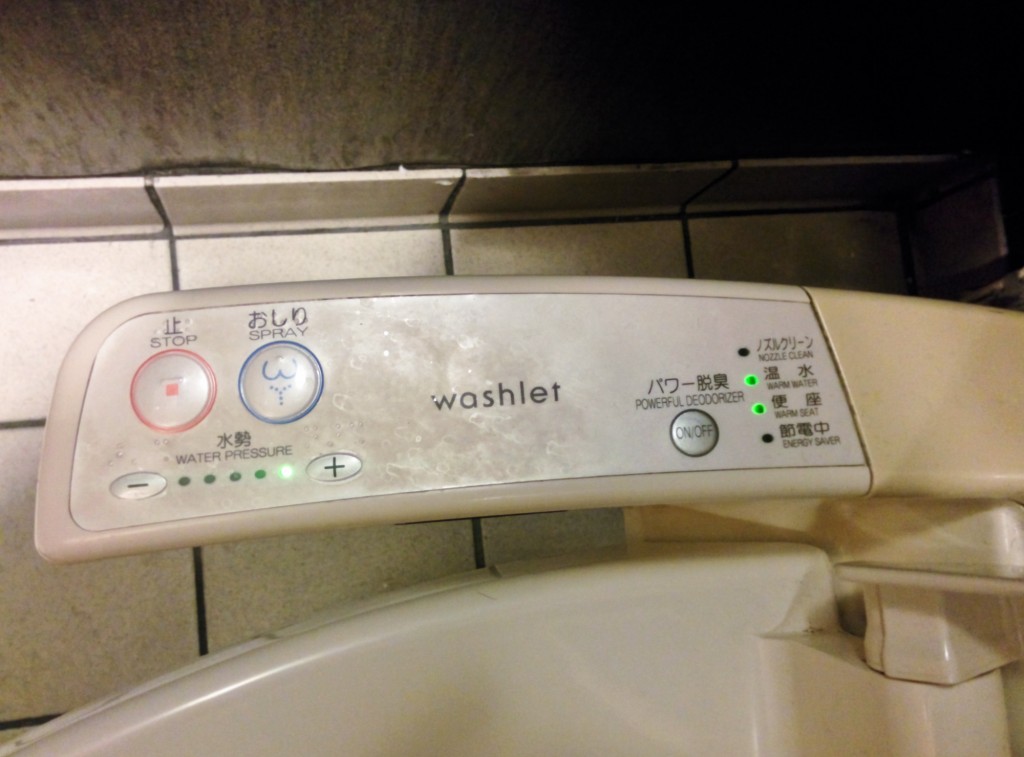
Por otro lado, hay otros aseos más cutres que yo llamo “combos”. Son aseo y lavabo todo en uno. Cuando tiras de la cadena, lo quieras o no, sale agua del lavabo, el tiempo justo para que te laves las manos.
Por cierto, una de las cosas más cómodas de Tokyo es que hay muchísimos aseos públicos. Y comparados con los que puedes encontrar en Europa, realmente limpios. Eso sí, en estos no encontrarás el aseo futurista con los chorritos ![]()
2. Bebidas raras en dispensadores callejeros. ¡Latas calientes!
Cada 200 metros aproximadamente puedes encontrar una máquina de bebidas en la calle con bebidas que no habrás visto en tu vida:
- Con suerte, tendrán algunas cosas normales, como cocacolas o batidos.
- Pero también he visto máquinas en las que puedes comprar ramen caliente (sopa), té verde, bebidas derivadas de las habichuelas, bebidas de soja, etc.
- Algo que me encanta es que hay tanto latas frías como calientes. Es decir, compras por ejemplo un café y viene en una lata caliente.
- También puedes encontrar bebidas curiosas como fanta con sabor a uva, bebidas energéticas con super héroes tipo Power Ranger, etc.

Si vienes de visita, ¡experimenta! Nosotros jugábamos a comprar la bebida más rara posible al contrario ![]()
3. Mascarillas por la calle
Aproximadamente una de cada seis personas que veo paseando por Tokyo lleva mascarilla. Lo normal cuando lo ves por primera vez es que te asustes pensando que es por culpa de la contaminación.
Pero en realidad los motivos por los que llevan mascarillas son estos:
- Algunos las llevan para evitar resfriarse. Hay que tener en cuenta que Tokyo tiene cerca de 40 millones de habitantes. Eso es casi como toda la población de España metida en una única ciudad. Así que aquí estás prácticamente todo el tiempo muy cerca de otras personas, especialmente en el metro, en tiendas, restaurantes, etc.
- También las llevan para evitar resfriar a los demás. Si ellos mismos han pillado un catarro, se ponen mascarilla para no fastidiar al resto. Aquí está bastante mal visto sonarse los mocos en público, aunque curiosamente no es una falta de educación hacer ruido para sorberse los mocos

- Durante la primavera, con las sakuras (cerezos) en flor, muchos las llevan para mitigar su alergia.
- Durante el invierno, la mascarilla hace que lleves más calentita la cara. Yo lo he probado y la verdad es que es agradable.
- Muchas chicas, si bajan un momento a la tienda de las esquina a comprar algo, se ponen la mascarilla simplemente para que no las vean sin maquillar.
- Y por supuesto también mitigan la contaminación. Aunque Tokyo tiene niveles iguales o inferiores a los de por ejemplo Madrid. Y si alguien llevara mascarilla por Madrid lo tacharían de loco



4. Les gusta usar muñequitos para explicar todo
La forma de pensar japonesa es muy visual. Esto tiene mucho que ver con su escritura basada en kanjis. Es decir, a base de símbolos que tienen uno o varios significados.
Dado que les gusta lo visual, casi cualquier cartelito que veas por la calle tendrá un monigote que escenifica el texto. Además, como en general les gustan las cosas kawaii (monas o bonitas) y supongo que también por la influencia de su religión sintoísta (en la que hay cientos de dioses de origen animal), en vez de poner un monigote simple, lo normal es que veas animalitos como perritos, pandas, personajillos inventados… tanto en sus anuncios como en sus carteles de advertencia en el metro o en casi cualquier sitio a donde mires.
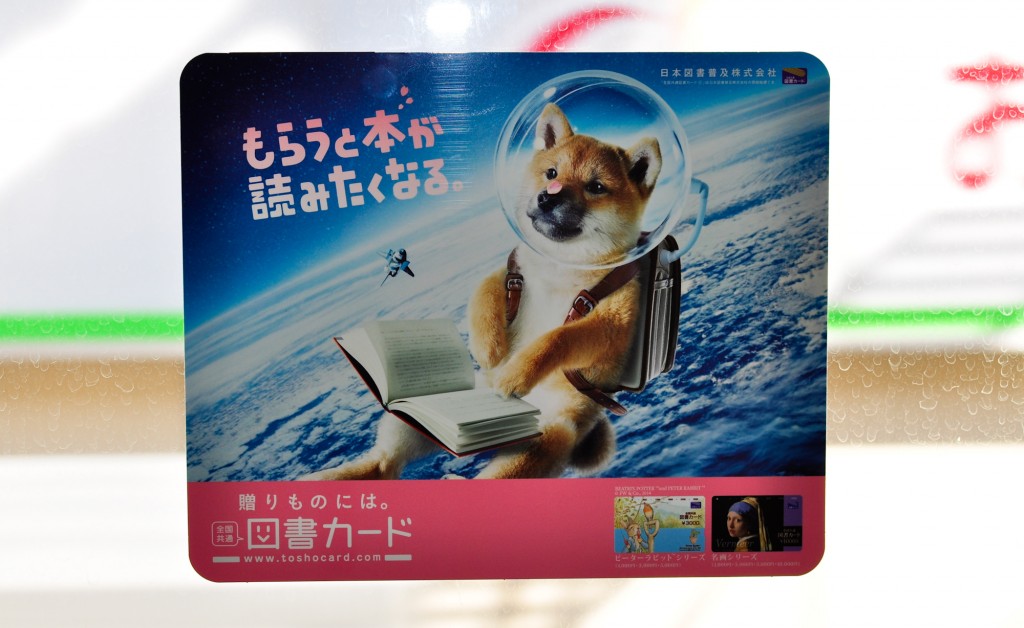
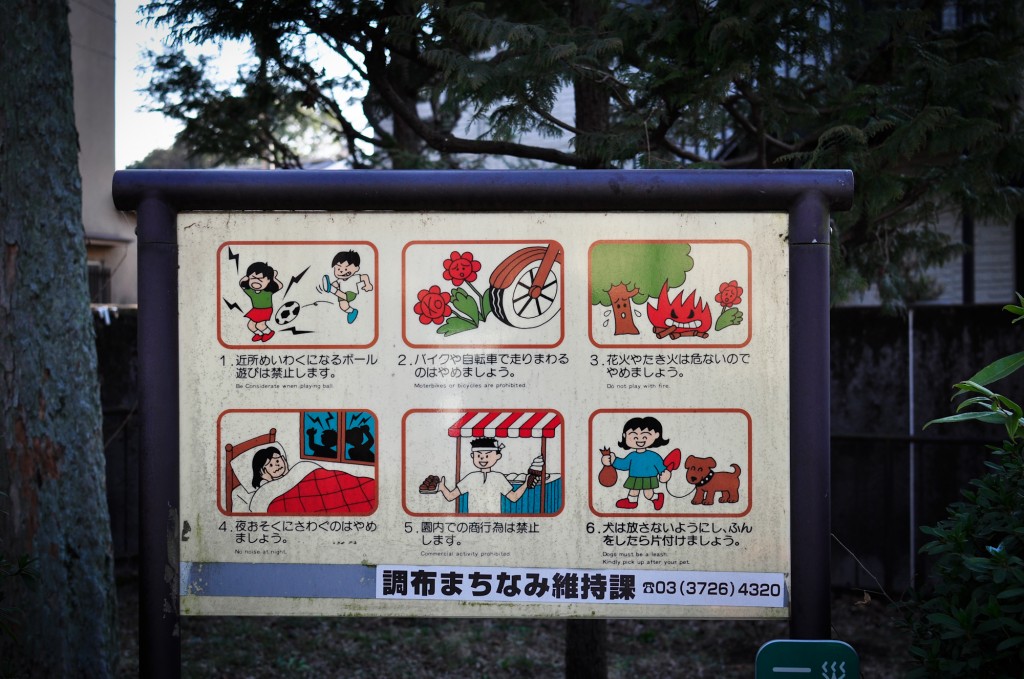
Por otro lado, esta forma de leer tan visual, tiene sus ventajas para los gaijin (extranjero, o más bien “guiri”). Por ejemplo, en casi todos los restaurantes hay fotos con los platos que puedes pedir. Lo cual ayuda mucho cuando no sabes japonés.
5. Japón es muy seguro
Japón es el único sitio del mundo que conozco en el que si me dejo la cartera y la cámara de fotos sobre la mesa de un restaurante, junto con mi mochila y todas mis cosas y voy al aseo, tendré la seguridad de que al volver todo seguirá allí. También es el único sitio que conozco en el que las ciudades no tienen prácticamente barrios chungos o zonas peligrosas a las que no debe ir un turista.
Japón es increíblemente seguro. Y es una de las cosas que más se agradecen cuando vienes de visita. Algunas anécdotas al respecto:
- Si te encuentras una cartera en la calle y preguntas a alguien qué hacer, no te extrañe si te dicen que la dejes allí mismo. Nadie va a llevársela y su dueño puede que la vuelva a buscar. Si alguien que pase por allí otra vez al día siguiente la vuelve a ver, posiblemente la cogerá y la llevará a un koban (puesto de policía).
- Una vez perdí una mochila en la que iba mi cámara de fotos y un montón de cosas. La encontré al día siguiente en la oficina de objetos perdidos. Intacta.
- Mucha gente va en bici en Tokyo. Pocas de ellas llevan candado. Cualquiera podría pasar y robarlas. Pero nadie lo hace.
- Algunos supermercados tienen varias entradas que dan directamente a los pasillos de productos. Sería sencillísimo no pasar por caja. Pero todo el mundo cumple.
- En los pueblos, puedes encontrar tiendas en las que los productos están expuestos y no hay vendedor. Simplemente coges lo que necesites y dejas el dinero en una caja. ¿Imaginas algo así en España?
Algunas pistas de por qué esto es así:
- El índice de paro es muy bajo (3,7%) por lo que casi todo el mundo vive más o menos bien (aunque una gran parte de la población trabaja muchas horas diarias).
- La mentalidad japonesa es muy reacia a incumplir las reglas. El robo es algo que ni se les pasa por la cabeza. Algo realmente vergonzoso. Piensan como grupo más que como individuo.
- Los japoneses en general son bastante supersticiosos. La tradición dice que los objetos que ha usado una persona conservan una parte de su personalidad o alma. Por lo que robar algo a alguien es como robarle parte de su ser. Eso es muy “mal kami”. Algo que les traerá mala suerte. Es por esto también que los japoneses compran pocas cosas de segunda mano.
- Las penas por los crímenes son bastante elevadas.
Por otra parte, si que hay crimen en Japón. Crimen organizado (incluso para hacer el mal se organizan bien). En torno a la prostitución, drogas, pornografía, juegos de azar y otras lindezas. Todo gestionado por los yakuzas, la mafia japonesa. Una organización tremendamente jerarquizada y con sus propias reglas y códigos de honor, que recuerdan un poco a los de los samurais.
6. Los cables eléctricos y telefónicos van por fuera
El paisaje urbano en cualquier ciudad de Japón se ve salpicado por un montón de postes de electricidad y cableado. En ocasiones, de forma aparentemente caótica. Quizás es algo que has visto ya en mangas y ánimes japoneses.
Los motivos no están del todo claros:
- Se suele decir que es debido a los terremotos y desastres naturales en general. Es más fácil, rápido y barato repararlos si están por fuera. De esta forma es cuestión de días, si están enterrados pueden ser semanas o meses si es una zona con nieve.
- Pero por otro lado, las inclemencias del tiempo, tormentas, tifones y demás también los pueden tumbar. De hecho, supone un coste importante cada año. Aunque en teoría menor que si estuvieran enterrados.
- Además, en caso de terremoto o tormentas, pueden caer sobre la gente o las casas y hacer verdaderos estropicios.
- Es más, según una nueva legislación, la idea es ir enterrando los cables. El 45% en Tokio ya están enterrados pero solo el 15% teniendo en cuenta todo el país. Por lo que si quieren cambiarlo, aparte del motivo estético, será porque tampoco son tantas ventajas.
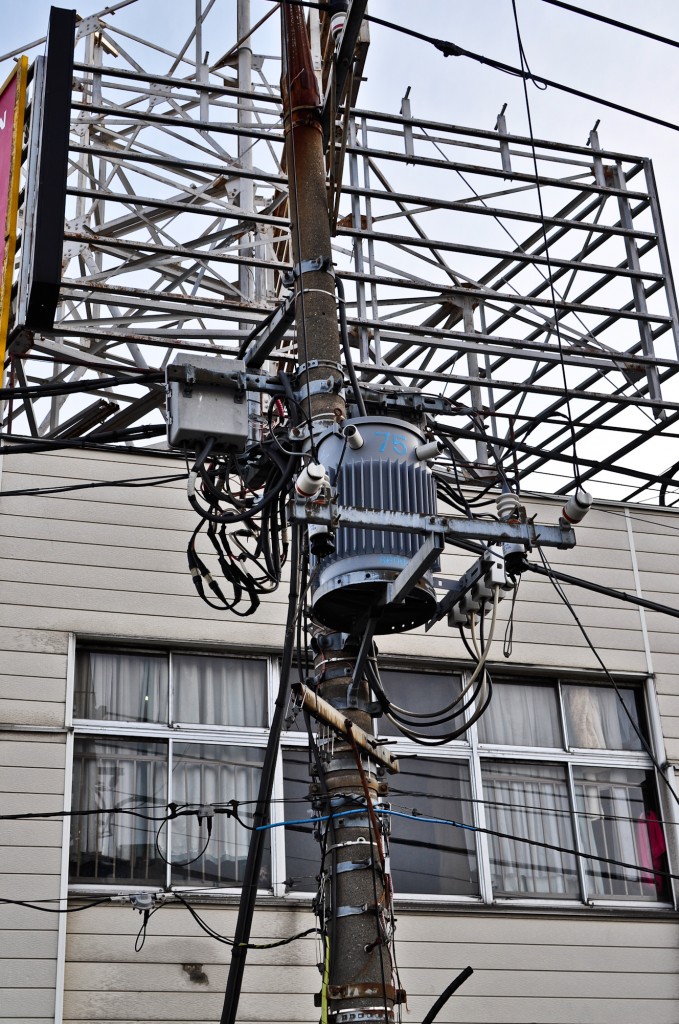

Mi teoría personal es que simplemente empezaron a hacerlo así porque les parecía más sencillo y punto. Hay que tener en cuenta que cuando Japón entró en la época moderna, lo hizo a toda prisa. Quizás no hubo tiempo para miramientos

7. Hay muchos coches pequeños
Y cuando digo pequeños, me refiero a que casi parecen de juguete. No he visto coches así en ningún otro lado. Son de fabricación japonesa y no creo que exporten muchos. Reciben el nombre de kei cars.
En general, casi todas las cosas en Japón son más pequeñas. Por ejemplo las raciones de comida (una amiga discrepa en esto), las viviendas, los transportes o algunas latas de bebida. Además, hay cierto afán por economizar el espacio, por lo que un pequeño coche o furgoneta, completamente cuadrado, sin “morro” alguno y realmente compacto, es una ventaja en la ciudad porque ocupa menos espacio.
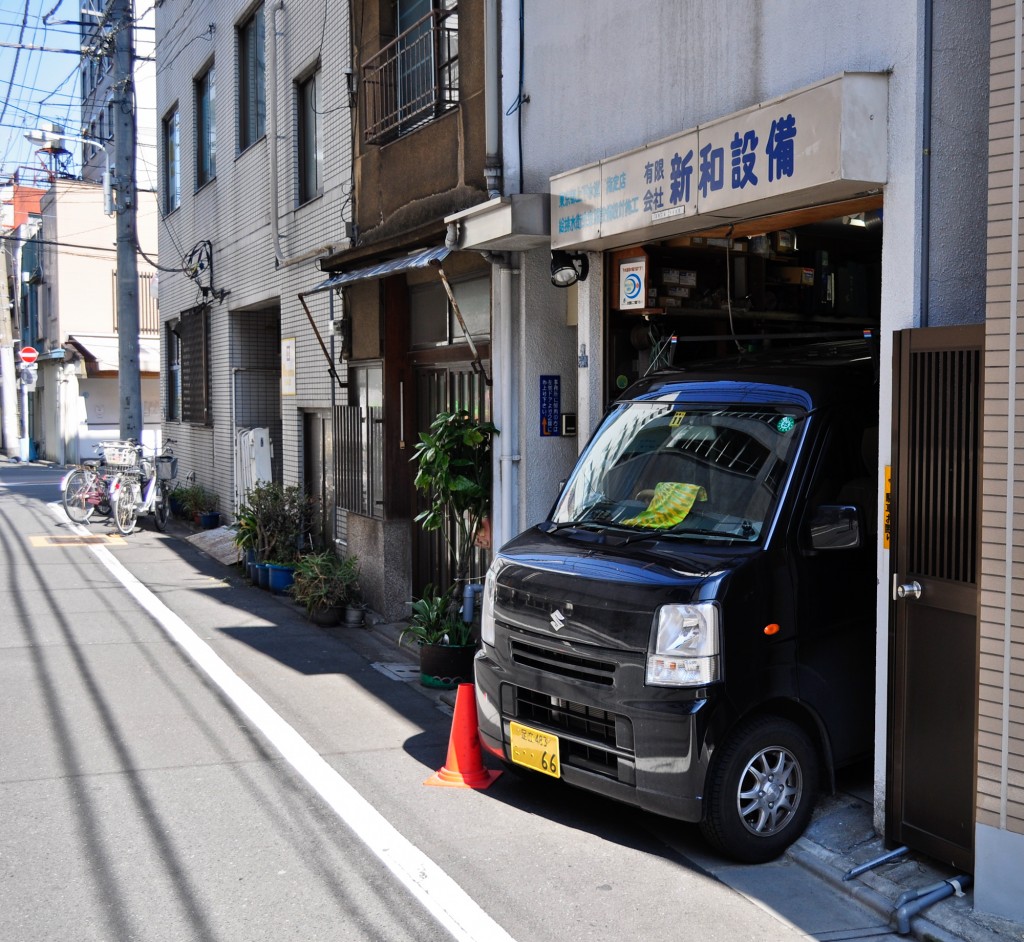
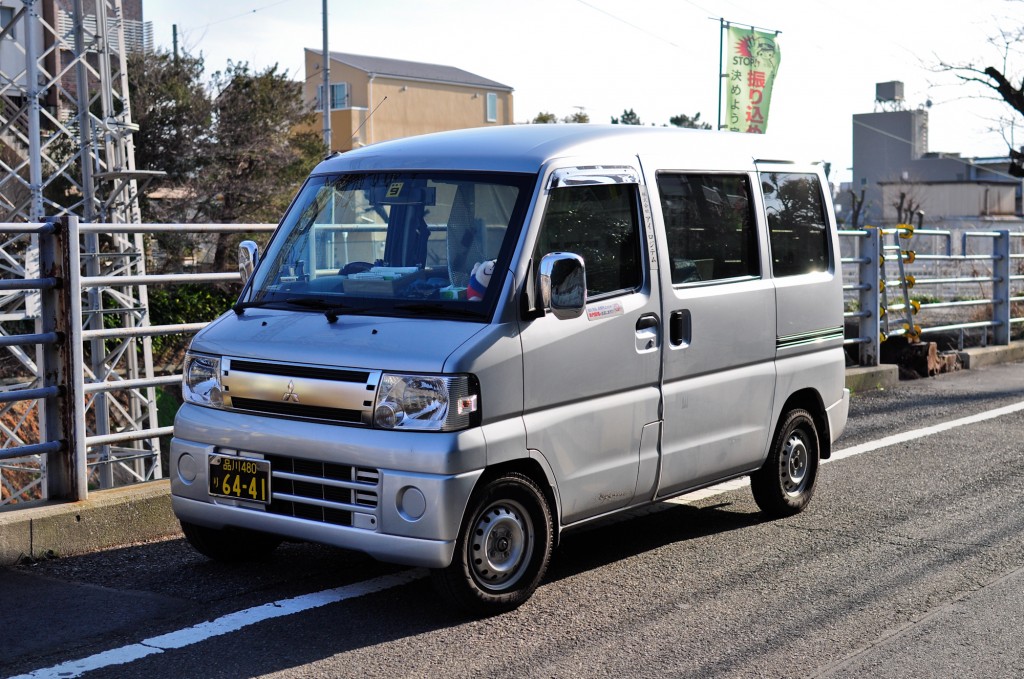
8. Cuidado con eso que piensas que es chocolate
En Japón hay chocolate, pero no les vuelve locos. Al menos no en los puestos callejeros y tiendas en mercadillos y demás.
Es un clásico el turista que viene a Japón el ver algún dulce tipo dorayaki (¡lo que come Doraemon!) y pensar que su relleno es de chocolate. Pero en realidad es azuki, ¡una pasta de judías! La sorpresa cuando lo comes por primera vez es mayúscula, porque el sabor es bastante particular. A mi no me gusta nada, y eso que soy de los que lo prueban todo.
En Japón puedes encontrar chocolate y marcas como Kitkat (que por cierto, hay Kitkats hasta de té verde) en los supermercados, pero no parece ser algo que coman demasiado.

9. Comida de cera
Esta es otra de esas cosas que la primera vez que ves sorprende bastante. Como ya os comenté antes, a los japoneses les encanta la comunicación visual. Así que a muchos restaurantes se les queda corto el mostrar fotos de los platos. Para atraer a los clientes exponen una serie de platos con comida hiper realista, que dan el pego totalmente, pero que en realidad están hechos de cera.
Están tan bien recreados que en foto es complicado ver la diferencia con comida real. Hay toda una industria en torno a la creación de estos platos.

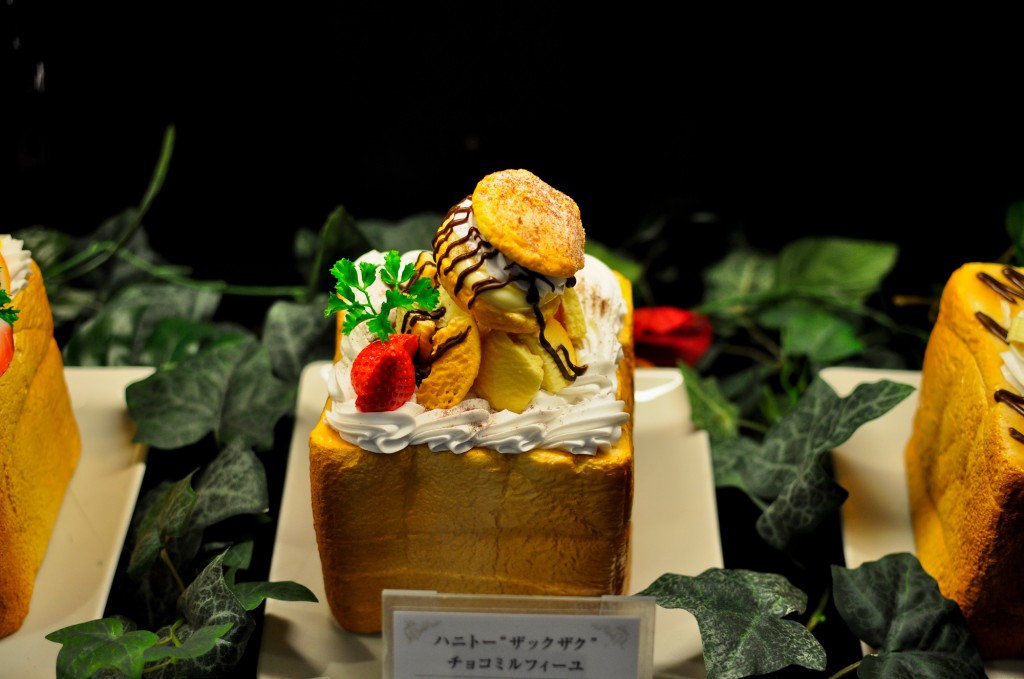
10. Apenas hay papeleras
Una de las primeras cosas que hago cada vez que llego a casa es tirar papelitos, envoltorios y demás basura que he acumulado durante el día. Encontrar una papelera en Japón es complicado:
- No hay papeleras en las que puedas tirar todo mezclado. Cuando encuentras una son tres unidas en las que separan las cosas que pueden quemarse (combustibles), las que no (incobustibles) y otra para botellas y latas.
- Andando por la calle no hay papeleras, excepto en las puertas de algunos supermercados.
- En grandes almacenes y tiendas, también es complicado encontrarlas.
- En los parques, tampoco abundan. En Yoyogi, un parque inmenso cerca de Shibuya, solo encontré una (de las separadas en tres partes).
- Para latas y botellas, casi siempre hay una papelera junto con cada máquina dispensadora de las que ya os hablé. Pero ahí no puedes tirar papeles o basura.
Así que ya sabes, prepara una bolsita donde ir guardando tu basura si sales a pasear por alguna ciudad de Japón.
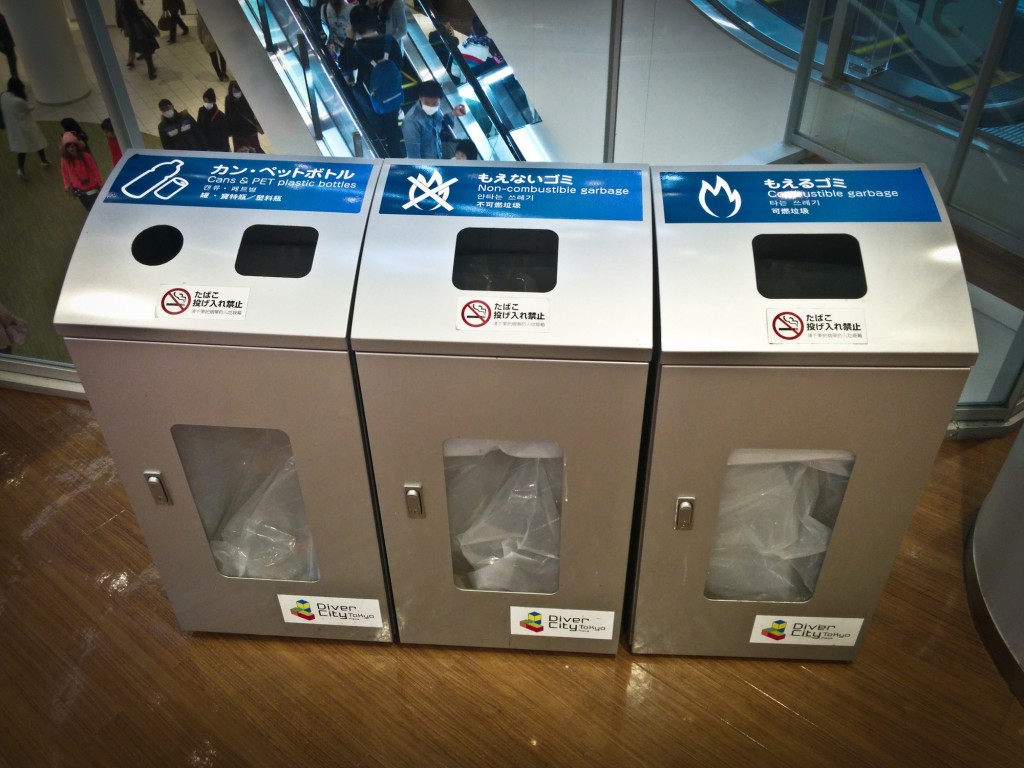
Por cierto, el mito de que reciclar en japón es complicado no es más que eso, un mito. Al menos en mi barrio, en Ueno, es muy sencillo. Como ya he dicho, basta con separar la basura en tres categorías.
La ausencia de papeleras podría haceros pensar que sus calles están sucias. Nada más lejos de la verdad, es complicado encontrarse un papel o una colilla tirada por el suelo. Son extremadamente limpios y respetuosos en cuanto mantener limpias sus ciudades.
11. Los japoneses son realmente educados
Es una de las sociedades más cívicas que existen:
- Si preguntas algo a un japonés por la calle, ten por seguro que tratará de ayudarte. De hecho, a veces se pasan de educados. Si por ejemplo preguntas una dirección y no la saben, puede que se queden un rato pensando o incluso paren a otro viandante. Aunque no sepan la dirección, les cuesta darte una negativa. Por eso ten presente que a veces es preciso cortarles, decirles “arigato” y con eso saben que pueden irse

- Me ha pasado más de una vez que me han acompañado hasta la dirección que había preguntado. Una vez hasta 15 minutos andando.
- Si en por la calle alguien pasa muy cerca de ti, incluso aunque no te haya tocado, te dirá inmediatamente “sumimasen” (perdona).
- Siempre intentarán darte preferencia a la hora cruzar una puerta o subir una escalera.
- Si te ven despistado mirando un mapa en la calle, probablemente se acercarán a ayudarte.
Y si ya hablamos de la relación con el cliente, entramos en una nueva dimensión:
- Al referirse al cliente, utilizan el sufijo “sama“, que es un sufijo honorífico respetuoso y formal. Es el mismo sufijo que utilizan para una oración hacia un kami (dios), lo cual nos da una idea de en qué posición ponen al cliente.
- Tanto cuando entras a una restaurante o tienda como cuando sales te saludarán con reverencias y dándote la bienvenida o las gracias.
- El servicio es rápido y eficaz. Una vez estés sentado a la mesa, es raro que tengas que esperar.
- Se deshacen en sonrisas y respeto hacia el cliente. Te sentirás muy bien tratado en todos lados.
También es relativamente normal que te hablen desconocidos o te inviten a cosas. Sobre todo por la noche cuando están de fiesta. El caso es que los japoneses son muy distintos en el trato durante el trabajo y luego al salir y tomarse un par de cervezas. De hecho, tienen hasta unas palabras para definir estas dos formas de ser: Honne y Tatemae. Durante el trabajo son serios entre compañeros y muy formales con sus jefes. Cuando salen del trabajo y van juntos a un bar, su comportamiento cambia y son mucho más abiertos.
Así que no te asustes si estás en un bar por la noche y un par de salaryman (hombres de negocios) entablan conversación contigo e intentan pagarte la cena. Sonríe, habla y disfruta
 No busques segundas intenciones.
No busques segundas intenciones.12. Frikadas
Los japoneses son realmente otakus (frikis). Tienen montones de aficiones a cuál más geek. En Tokyo puedes encontrar barrios enteros con edificios de hasta siete plantas dedicados a videojuegos, mangas, ánimes, figurillas, recreativas, etc. Puedes leer más sobre esto en este post: Paseo por Akihabara, Tokyo y visita a Super Potato.
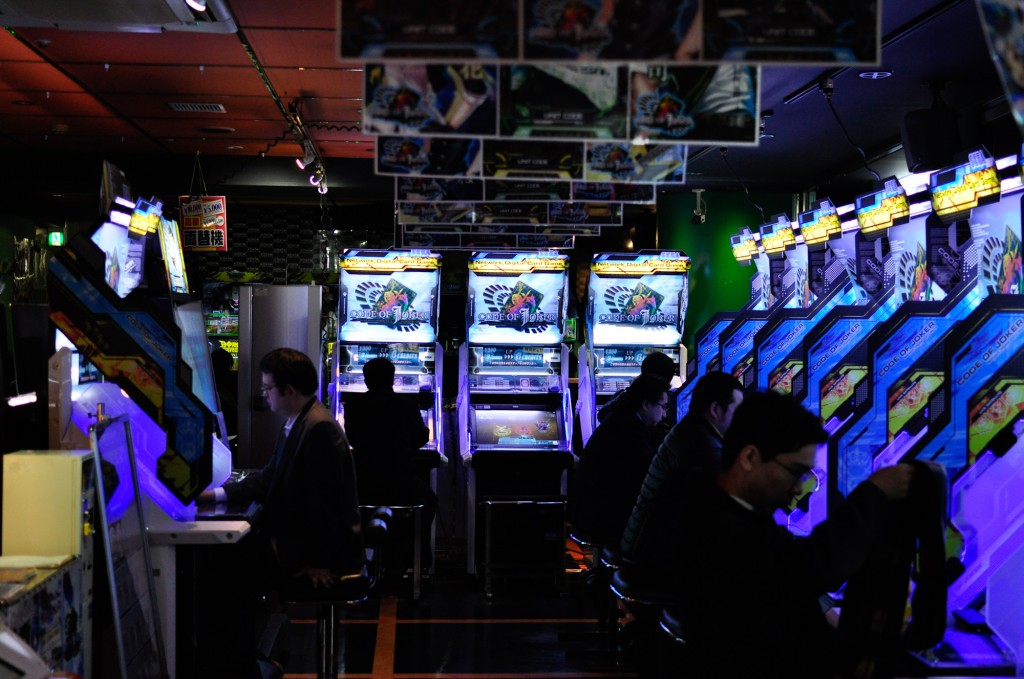
En Tokyo, cada persona viste como le da la gana y hace lo que le apetece hacer. Si paseas por Yoyogi por ejemplo u Odaiba no te extrañe encontrar gente haciendo cosplay, disfrazados de personajes de manga o videojuegos.
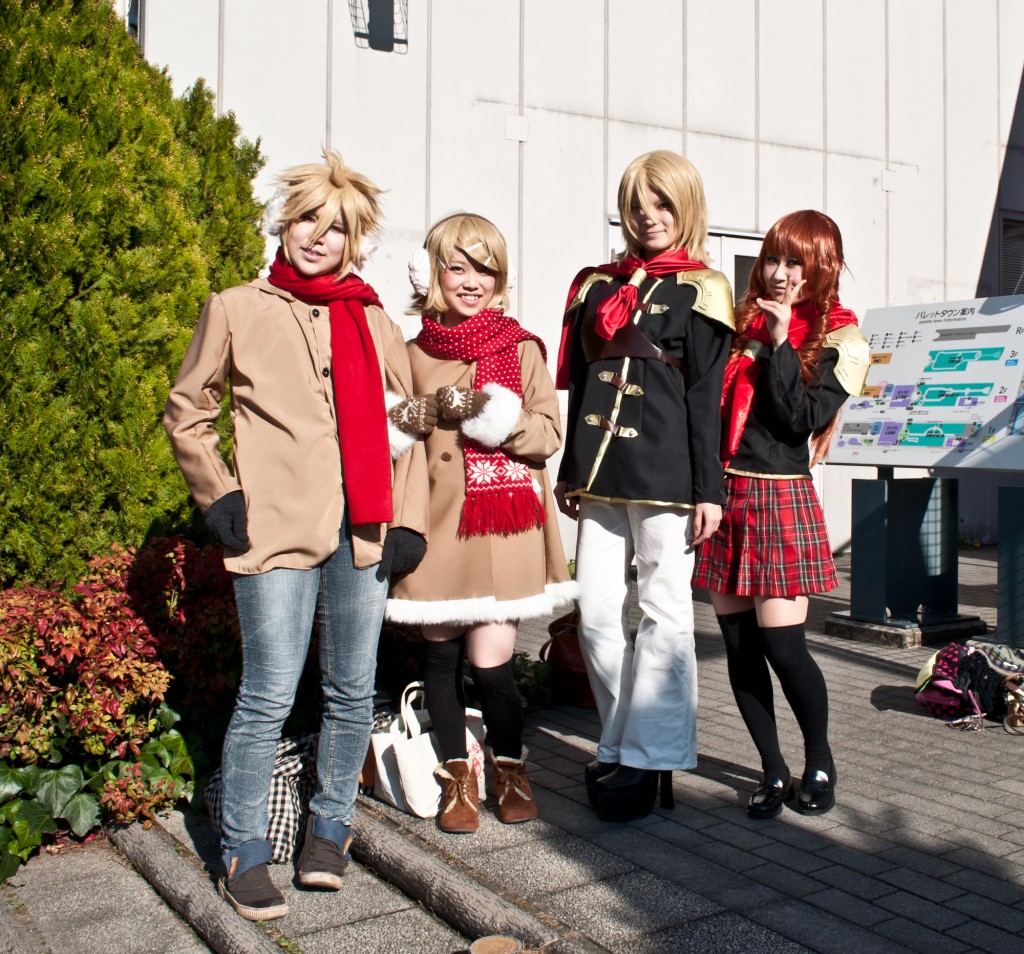
También existen numerosas tribus urbanas como las lolitas (chicas disfrazadas de niñas), kogal (bronceados y con el pelo tintado de rubio), góticos, rockabillies (con tupés y chupas de cuero), meido (doncellas) que te atienden en cafés especiales y te sirven disfrazadas de doncellas, etc.
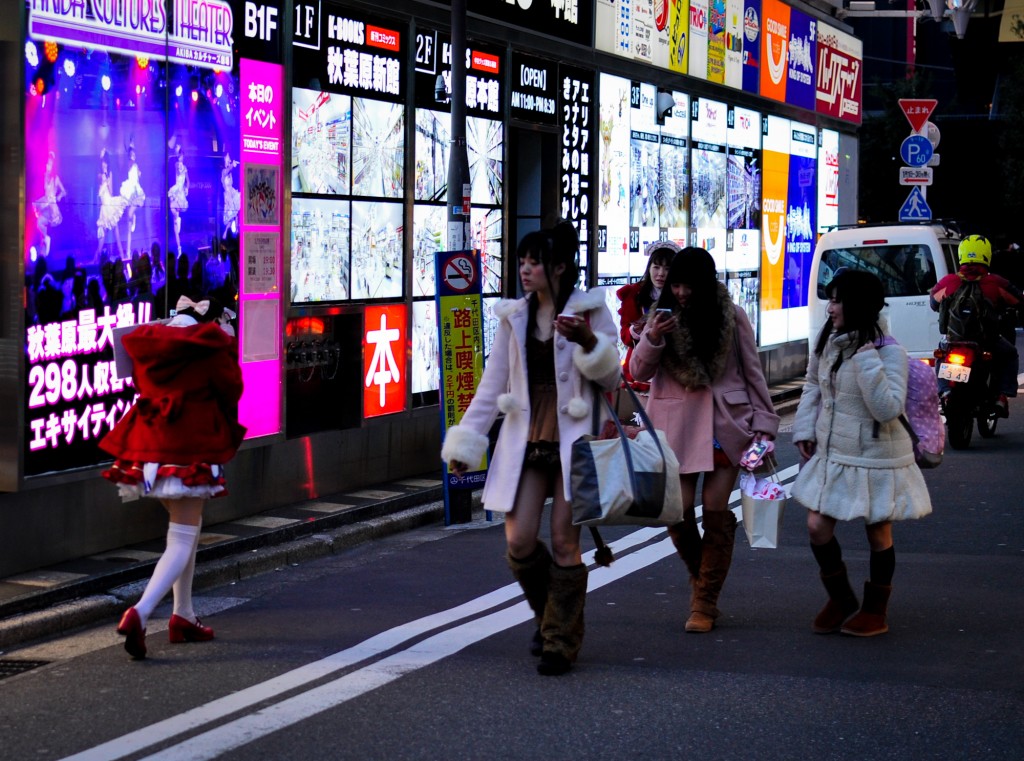

13. Guarreridas y fetichismos. ¡Pero tímidos!
Los dispensadores de bragas usadas existen (por ejemplo en el Mercadillo de Ameyoko). Con eso os podéis hacer ya una idea de cómo van estos temas. La oferta para adultos en Tokyo es enorme:
- Existen Love Hotels con habitaciones que se alquilan por horas y donde puedes disfrazar a tu pareja de Sailor Moon o doncella.
- En Akihabara puedes encontrar centros comerciales de 6 plantas llenos de artilugios sexuales. En algunas plantas tienen prohibida la entrada las mujeres. Lo curioso es que tienen las puertas abiertas de par en par enseñando todos sus productos, y las parejas japonesas entran sin reparos y sin la más mínima vergüenza.
- Existen numerosos barrios donde puedes encontrar salas de masajes especiales, bailes, etc.
- No está mal visto leer un manga hentai (comic erótico) en el metro.

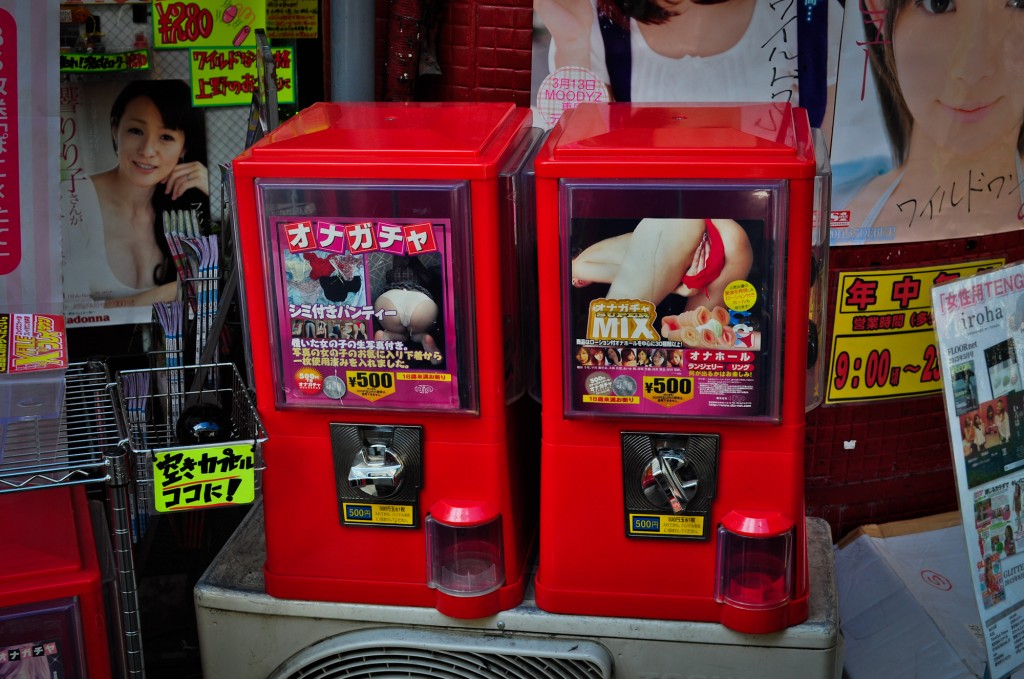
En contraposición con todo esto es rarísimo ver una pareja dándose un beso en público (yo no he visto a nadie aún por la calle hacerlo, solo una vez en una discoteca). Y apenas se ve a gente cogida de la mano, dándose un abrazo u otras muestras de afecto. Son muy tímidos y reservados a la hora de la verdad. Parece que hacen una división muy fuerte entre sus fantasías y la realidad. O también entre lo que se hace en público y lo que se hace en privado.
14. Miles de templos
Te puedes encontrar con templos budistas y sintoístas prácticamente en cada esquina.
Los sintoístas suelen ser más pequeños y existen infinidad de mini-templos escondidos entre los edificios. Todos tienen una campana para llamar al Kami, es decir, al espíritu que habita el templo. Lo habitual es dar una ofrenda (unas monedas), darle a la campana para llamar la atención del espíritu (que puede ser la alegoría de cualquier cosa, pero predominan los animales) y luego orarle. Cuando digo “mini-templos” me refiero justo a eso, hay uno a cinco metros de mi portal que no ocupará ni diez metros cuadrados.
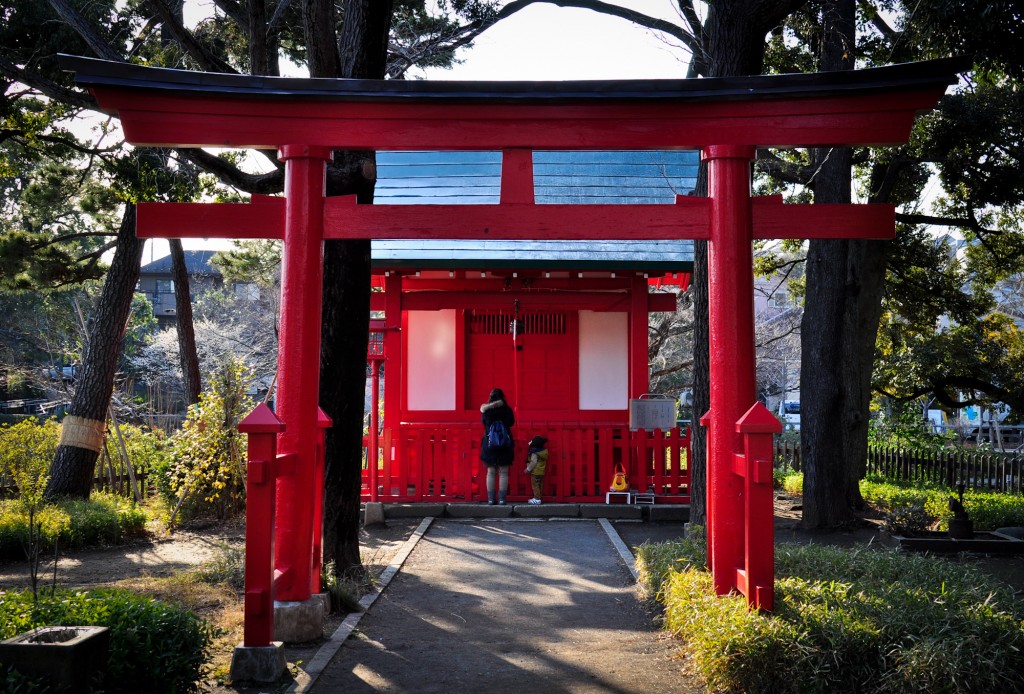
Supongo que un japonés se quedará igual de flipado que yo paseando por ejemplo por Córdoba y viendo las vírgenes y Jesucristos sangrando en cada esquina. Por cierto, ¿sabías que el gato que mueve la patita este que se ve en los chinos en España es en realidad un kami japonés?
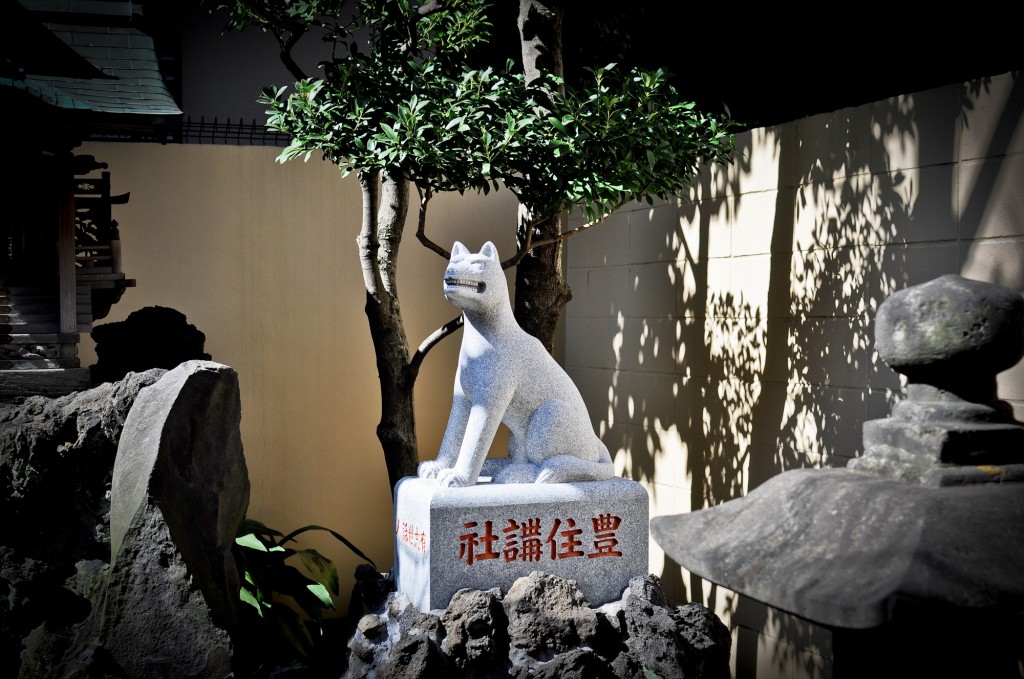

Conclusión y agradecimientos
Me he dejado bastantes cosas en el tintero. He puesto 14, pero bien podrían ser cien o mil…
Me ha salido un post bastante largo, pero espero que las fotos os ayuden digerirlo mejor.
Me gustaría agradecerle la ayuda que me brindaron Pablo y Kirai al darme detalles sobre el cableado eléctrico y por las perlas de sabiduría que me han ido comentando el resto de españoles (Rodrigo, Carlos, Antonio, Luis, etc) que he conocido aquí y que tienen años de experiencia en Japón.
Japón es diferente, ven a visitarlo para darte cuenta de hasta qué punto por ti mismo

-
-
-




